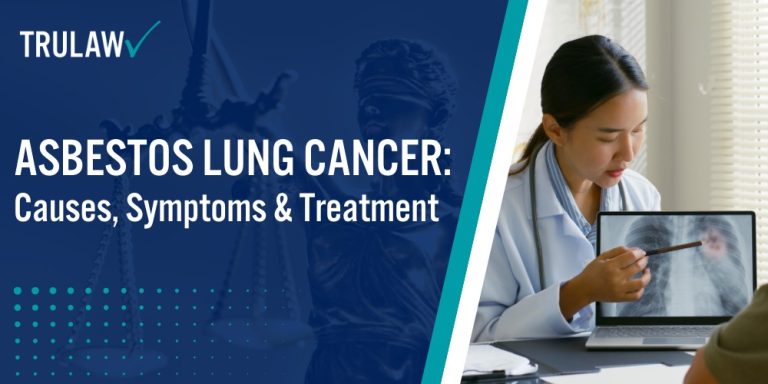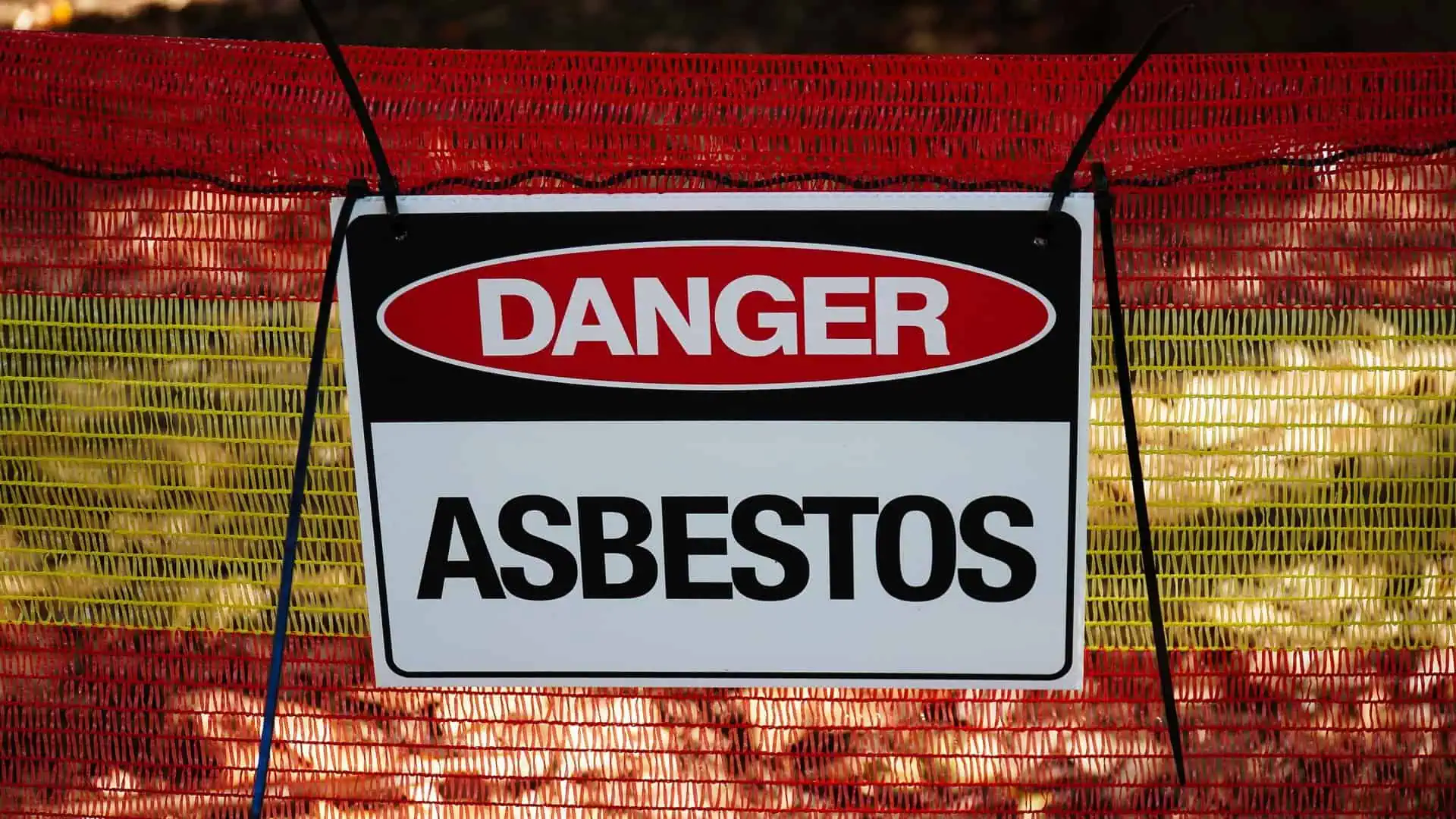Research from the National Cancer Institute shows that there are two primary types of lung cancers caused by asbestos exposure.
These cancers develop differently, with varying growth patterns and treatment responses.
Studies indicate that occupational asbestos exposure remains a leading cause of both types, with asbestos and lung cancer having a clear causal relationship documented through decades of medical research.
Non-Small Cell Lung Cancer (NSCLC)
Non-small cell lung cancer accounts for approximately 80-85% of all cases among asbestos exposed workers.
This type of cancer typically grows more slowly than other forms, allowing for potentially more treatment options when caught early.
Non-Small Cell Lung Cancer (NSCLC) has three (3) main subtypes (and the possibility for multiple subtypes to be present in some cases):
- Adenocarcinoma: Forms in the mucus-producing glandular tissues of the lungs’ air sacs, representing 40% of NSCLC cases
- Squamous Cell Carcinoma: Develops in flat cells lining lung airways, accounting for 25-30% of cases
- Large Cell Carcinoma: Can appear anywhere in the lung, making up 10-15% of cases and spreading more rapidly
- Mixed Types: Some cases show characteristics of multiple subtypes
These subtypes help doctors determine the most effective treatment approach, as each responds differently to various therapies.
The risk of developing lung cancer from NSCLC increases significantly with continued exposure to asbestos fibers.
Small Cell Lung Cancer (SCLC)
Small cell lung cancer, which affects 10-15% of patients with malignant mesothelioma and other asbestos-related cancers, is characterized by its aggressive growth pattern and oat-shaped cells.
This type spreads rapidly throughout the body, often before symptoms appear.
Small Cell Lung Cancer (SCLC) characteristics include:
- Rapid Growth: Spreads quickly to other body parts
- Limited Surgery Options: Usually too widespread for surgical intervention
- Chemotherapy Response: Often responds initially to chemotherapy treatment
- Early Metastasis: Typically spreads before detection
The aggressive nature of SCLC requires immediate treatment upon diagnosis, with chemotherapy being the primary treatment option.
The relationship between asbestos exposure and this form of cancer emphasizes the importance of regular screening for those with known exposure history.



